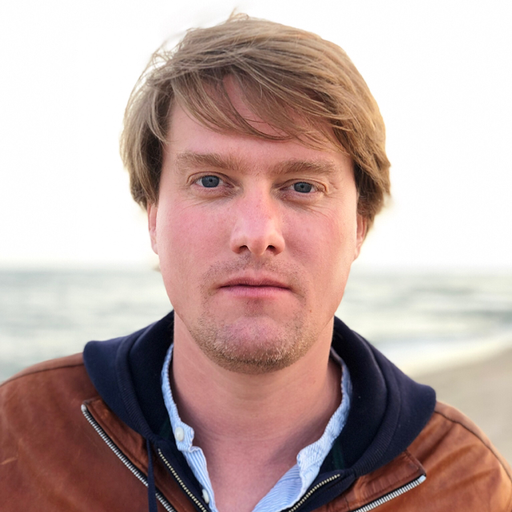In the first exhibition in France dedicated to the photographer, we discover the three worlds that Freedman photographed during her career: the streets of New York, the March of the Poor in Washington after the assassination of Martin Luther King in...




